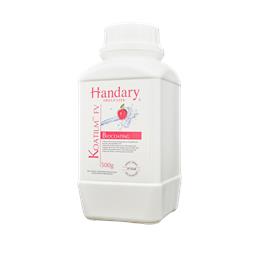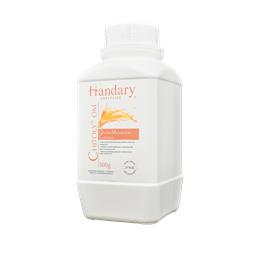Description
Post-harvest vegetables refer to the stage of vegetable production that occurs after the vegetables have been harvested from the plant, and includes various processes aimed at preserving their quality, extending their shelf life, and preparing them for distribution and consumption. Post-harvest practices play a critical role in maintaining the quality, safety, and shelf life of vegetables, and are essential for the successful marketing and consumption of fresh produce. Proper post-harvest handling techniques can help reduce losses, minimize waste, and ensure that consumers have access to fresh, high-quality vegetables. The main spoilage issues in this application are texture damage, yeast and mold.
Yeast and mold
Yeast and mold can also be relevant in the context of post-harvest vegetables. After vegetables are harvested, they are exposed to various environmental conditions during handling, transportation, and storage, which can impact their quality and shelf life. Yeast and molds can potentially grow on harvested vegetables and cause spoilage, resulting in changes in appearance, texture, flavor, and odor
Texture damage
Texture damage refers to changes or alterations in the texture or consistency of a product, often resulting in a loss of quality or appeal. In the context of post-harvest fruits and vegetables, texture damage can occur during various stages of handling, storage, transportation, or processing, and may result in undesirable changes in the texture of the produce.
 English
English 简体中文
简体中文 Français
Français Español
Español

